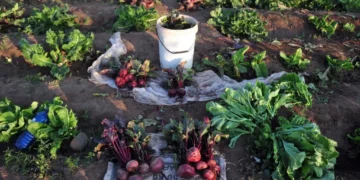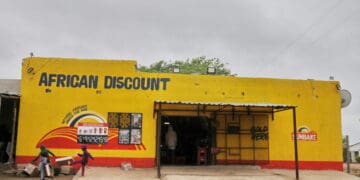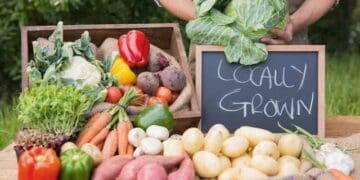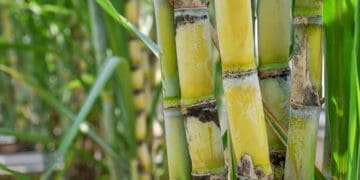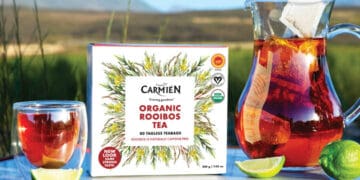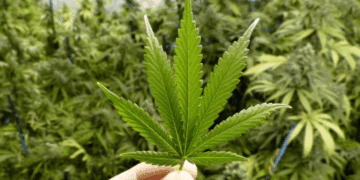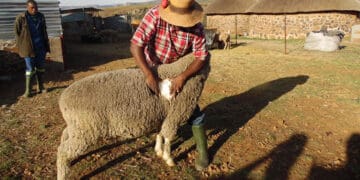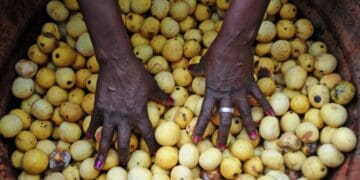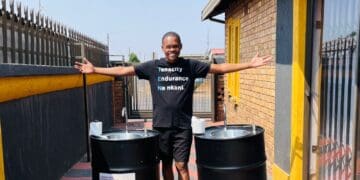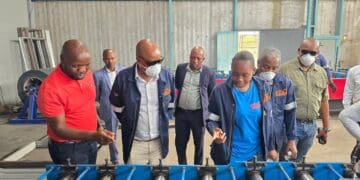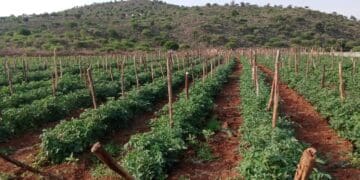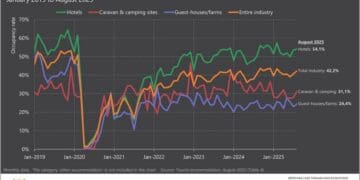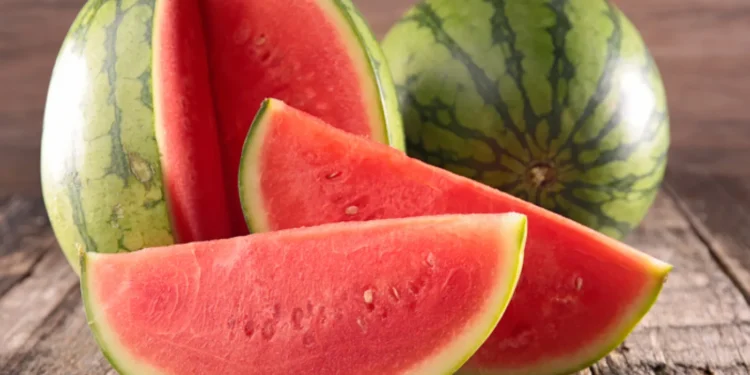Once a reliable summer crop and a staple of rural livelihoods, South Africa’s melon and watermelon market is now in deep crisis.
Production has fallen by more than 20% over the past five years, and the sector’s total market value dropped nearly 50% in 2024, according to the 2025 Melon Market Report by IndexBox.
Behind the statistics are hundreds of smallholder farmers, especially in Limpopo and the Northern Cape who say that rising transport costs, erratic weather, and weak market coordination are pushing them out of business.
“We’re not just losing profits but also losing hope,” said Takalani Mulaudzi, a small-scale watermelon farmer near Musina in Limpopo.
“By the time I transport my produce to market, the costs eat up whatever income I could make. Retailers keep changing prices, and we have no say.”
Mulaudzi further detailed that his supply chain goes on to street vendors who sell by road side markets, and he is now forced to keep prices low.
Melons were once considered a low-risk crop, ideal for small producers with limited irrigation infrastructure.
But that equation has changed. Fuel prices, logistical inefficiencies, and extreme weather patterns have disrupted production cycles and market stability. Without reliable cold-chain storage or affordable transport, smallholders are forced to sell quickly at low prices. Often below cost.
The Competition Commission’s Fresh Produce Market Inquiry (2025) found that small and emerging farmers remain excluded from the most profitable parts of the value chain. Major supermarket chains prefer dealing with large commercial suppliers who can guarantee consistent quality, volume, and delivery schedules. For rural SMMEs, this creates a structural disadvantage that no amount of hard work can offset.
“Export opportunities do exist,” explained Morne van der Merwe of Rijk Zwaan SA, a leading seed supplier.
“But the infrastructure needed to meet export standards, from cold storage to certification is expensive. Most smallholders simply can’t afford it.”
Climate change has made matters worse.
Erratic rainfall and heatwaves have reduced yields and increased crop losses. For water-intensive crops like melons and watermelons, the cost of irrigation has soared. At the same time, the price of fertilizers and pesticides has nearly doubled since 2022.
In the North West, women-led cooperatives that once supplied local markets are scaling down operations or shutting entirely.
“We planted fewer hectares this year,” said Agnes Moeketsi, chairperson of a growers’ group near Upington.
“The inputs are too high, and when we do harvest, buyers offer us almost nothing. It’s not sustainable.”
The bigger picture is what it means for South Africa’s food system.
The collapse of the melon market reflects deeper structural weaknesses in South Africa’s fresh-produce economy. Analysts warn that the country’s reliance on large-scale commercial exporters is eroding rural livelihoods and reducing food system resilience. If smallholders continue to exit the market, local supply could shrink. Pushing up prices and undermining national food security.
According to Tridge’s 2025 production data, melon exports from South Africa increased marginally in value due to favorable international prices, but most of these gains went to large farms with export infrastructure.
Meanwhile, small producers have been left behind, trapped between rising costs and stagnant local demand.
Agricultural economist Dr Lindiwe Mahlangu says a rethinking of the value chain is overdue.
“We need inclusive market mechanisms like regional hubs, better logistics, and transparent pricing to keep small producers viable. Otherwise, we’ll keep seeing rural exits, one crop at a time.”
As the summer season approaches, many farmers face hard decisions like to plant again, to pivot to other crops, or to abandon farming altogether.
Azwi@vutivibusiness.co.za

